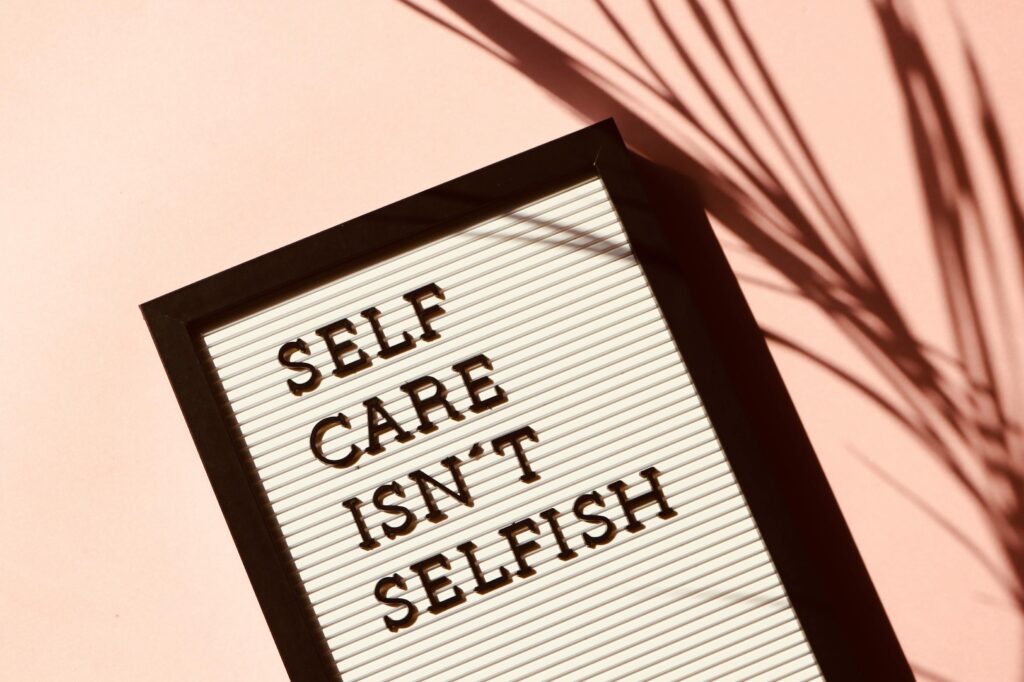Sexual Disorders
Understanding Sexual Disorders
Sexual disorders, also known as sexual dysfunctions, are conditions that interfere with a person’s ability to experience satisfaction during sexual activity. These disorders can affect anyone—regardless of age, gender, or sexual orientation—and may stem from physical, psychological, emotional, or relational causes.
Sexual disorders are more common than many realize and can lead to distress, anxiety, relationship issues, and reduced quality of life. The good news is that most are treatable with the right medical or therapeutic support.
Types of Sexual Disorders
Sexual disorders are generally categorized into four main areas:
1. Desire Disorders (Low Libido)
These involve a lack of sexual desire or interest in sexual activity.
Hypoactive Sexual Desire Disorder (HSDD): Persistent lack of sexual thoughts or desire.
Sexual Aversion Disorder: Avoidance of sexual contact due to fear, anxiety, or discomfort.
2. Arousal Disorders
These refer to the inability to become physically aroused or maintain arousal during sexual activity.
Female Sexual Arousal Disorder
Erectile Dysfunction (ED): Difficulty achieving or maintaining an erection in men.
3. Orgasm Disorders
These involve problems with reaching orgasm, either too soon, too late, or not at all.
Delayed or Inhibited Orgasm
Premature Ejaculation
Anorgasmia (inability to orgasm)
4. Pain Disorders
These refer to pain during sexual activity, which can lead to fear or avoidance.
Dyspareunia: Painful intercourse (common in women, but can affect men)
Vaginismus: Involuntary tightening of vaginal muscles that makes penetration painful or impossible
Causes of Sexual Disorders
Sexual dysfunction can have a wide range of causes, including:
Physical factors: Hormonal imbalances, chronic illnesses (e.g., diabetes, heart disease), neurological conditions, medication side effects, or substance use.
Psychological factors: Anxiety, depression, trauma, stress, body image issues, or past sexual abuse.
Relationship issues: Poor communication, unresolved conflict, or lack of emotional intimacy.
Cultural or religious beliefs: Guilt, shame, or restrictive attitudes toward sexuality.
Often, sexual disorders involve a combination of physical and psychological factors.
Diagnosis and Treatment
A thorough evaluation by a healthcare provider or mental health professional is the first step in diagnosing a sexual disorder. This may include a review of medical history, emotional health, relationship factors, and physical exams or lab tests.
Treatment Options Include:
Counseling or Sex Therapy: Individual or couples therapy can address emotional and relationship issues.
Medical Treatment: Hormonal therapy, medications (like sildenafil/Viagra), or treatment for underlying medical conditions.
Lifestyle Changes: Reducing stress, improving communication, regular exercise, and healthy habits can enhance sexual function.
Education: Learning about sexual response, anatomy, and techniques can reduce anxiety and improve intimacy.
When to Seek Help
Sexual disorders are nothing to be ashamed of—they are common, treatable, and deserve professional care. If you or your partner are experiencing ongoing issues with desire, arousal, orgasm, or pain during sex that cause distress, it’s important to speak with a qualified healthcare or mental health professional.
You’re Not Alone—Help Is Available
Seeking support is a step toward better sexual health, stronger relationships, and improved emotional well-being. With the right guidance, most people can overcome sexual disorders and experience satisfying, healthy intimacy.
Sexual Disorders
Sexual Disorders
FREQUENTLY ASKED QUESTIONS
Sexual disorders, also known as sexual dysfunctions, are conditions that interfere with a person’s ability to experience desire, arousal, orgasm, or pain-free sexual activity. They can affect both men and women and often involve physical, emotional, or psychological factors.
Yes. Sexual disorders are very common, especially as people age or experience life stress, hormonal changes, or relationship difficulties. Millions of people experience some form of sexual dysfunction during their lifetime.
Causes can include physical health issues (like diabetes, hormonal imbalances, or medication side effects), psychological concerns (such as stress, anxiety, or past trauma), and relationship problems (like poor communication or lack of emotional intimacy). Often, it’s a combination of factors.
Absolutely. Most sexual disorders are treatable. Treatment options may include medical interventions, counseling or sex therapy, lifestyle changes, and relationship support. The right approach depends on the underlying cause.
Yes. Fluctuations in sexual desire are normal and can be influenced by stress, fatigue, health, or emotional factors. However, if a lack of desire is persistent and causes distress or relationship strain, it may be a sign of a sexual disorder worth exploring with a professional.
KEY TERMS
A complex condition characterized by compulsive drug use or behavior despite harmful consequences.
Substance Use Disorder (SUD) A clinical term used to describe addiction to drugs or alcohol.
Physical or psychological reliance on a substance, often leading to withdrawal symptoms when use is reduced or stopped.
Support groups, such as Alcoholics Anonymous (AA) and Narcotics Anonymous (NA), that follow a structured, 12-step approach to recovery.
The process of overcoming addiction and maintaining a substance-free lifestyle.
The process of removing toxins from the body, often used to describe the initial stages of treatment for addiction.
The return to substance use or addictive behavior after a period of abstinence.
Physical and psychological symptoms that occur when a person stops using a substance they are dependent on.
EXPLORE ADDICTION









